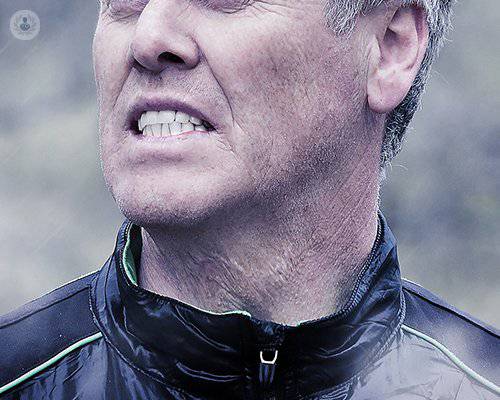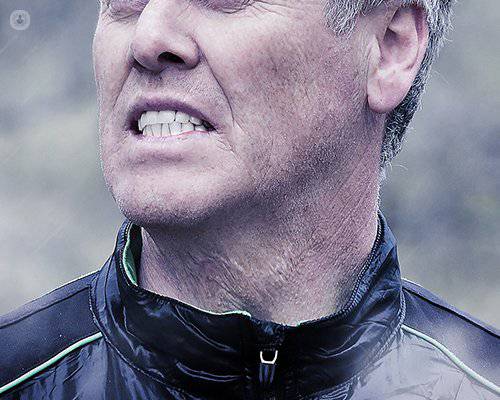
Arthrocentesis: a solution to jaw pain
Arthrocentesis is currently the top treatment for joint conditions in the jaw, and it provides the best results. Some conditions affect up to 30% of the population and can reduce the opening of the mouth to a mere 20 millimetres.

Arthrocentesis is an intervention that involves injecting a specific liquid, ringer lactate solution, to stretch the joint. When the articular disc becomes loose, it can be returned to its original position by using certain movements and manipulations of the patient's jaw. In this way, the articular blockage disappears, reducing jaw pain, and with time the joint function recovers and almost returns to normal.
A malocclusion of the teeth
The general causes of articular dysfunction are usually rooted in a deficient dental occlusion, including occlusions such as the alignment of the teeth and the positioning of the upper and lower teeth, known as the bite. If it is not even, it can result in problems in the joint function and jaw pain.
Just a small percentage of people present a perfect or stable dental occlusion, and it is also important to note that in adults there is a gradual loss of dental pieces, and therefore a shift in the system that can affect the joint. In turn, premature degeneration of the joint will result in arthrosis, and jaw problems. Thanks to arthrocentesis, this premature degeneration of the joint is avoided, along with more long-term problems. And of course, it results in a better quality of life for the patient.
Many people with these problems consult their doctor only when they experience pain, but when they arrive at the clinic, many of them have an oral opening of less than 20mms. Through arthrocentesis patients with these problems can return home the day after the procedure with an opening of 45 millimetres, equivalent to three fingers.
TMJ arthroscopy: what is it for?
One unique type of arthrocentesis providing good results with a more visual procedure is an arthroscopy of the temporomandibular joint. This technique involves introducing a tube with a camera that allows one to work inside the jaw joint to solve the problems of the articular disc, suture, and return to its original position.
It is also possible to clean and sculpt the joint.
Throughout the procedure, physical therapy should be continued, along with the use of a bite plate before and after arthrocentesis.

